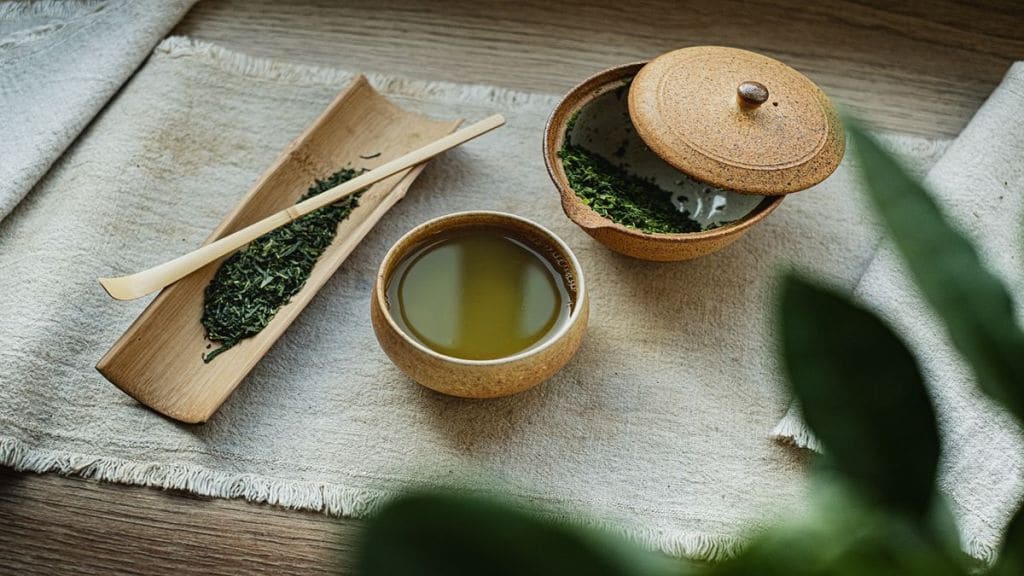Green tea is a type of tea that is made from Camellia sinensis leaves. Originated from China, green tea is one of the least processed types of tea, containing the most antioxidants and beneficial polyphenols.
Green tea has become a rage in the last few years as a silver bullet and a golden panacea for reducing weight and evolving into a leaner fitter person. However, as with all raging trends, there is always a sense of exaggeration that many times either overstates or conceals facts.
So, does green tea help in weight loss? Is it a fact or is it fiction?
According to Ketan Desai, Chief & Sustainability Officer, VAHDAM India, green tea is consumed without milk or sugar, making it without doubt a healthier option.
“The big villain today is sugar – from extra calories to insulin spikes to obesity and heart condition – sugar is strongly linked to an unhealthy lifestyle. Green tea is just natural leaves in hot water and is virtually calorie-free – what can be healthier!” Desai told Financial Express.com.
Besides being a healthy drink, Green tea’s biggest claim to fame is its help in weight management. But why does Green tea do this? And how? The why is simple – there has been a lot of scientific research that has shown that Green tea aids faster metabolism and fat-burning – both of which lead to more calories being burnt, and therefore, directly helps in the reduction and management of body weight.
“The why is a bit more complicated. The secret, as they say, is inside! Green tea is naturally rich in many beneficial compounds, but the key compound that has a direct correlation to weight loss is antioxidants. Antioxidants are bio-compounds that absorb ‘free radicals’ from our system. Free radicals are generated within our bodies due to natural ageing, stress, and unhealthy lifestyle,” Desai told Financial Express.com.
For those interested in a still deeper understanding – tea leaves are packed with polyphenols. The group of polyphenols that has been researched the most is flavanol, flavonoids and phenolic acid. Tea flavanols are commonly known as catechins.
“Now what happens is that during the manufacturing process where the leaf is converted to either Black tea (by undergoing 100% oxidisation) or Green tea (without undergoing any oxidisation). Because Green tea is made by bypassing the oxidisation process, the catechins do not get converted into other compounds – and it is these catechins that scientists have increasingly found to have a strong impact of fat-burning and anti-obesity by increasing the rate of metabolism and fat oxidisation,” he explained.
Our bodies burn fats to create energy (measured in calories) for our day-to-day functions. Fats are the store-house of energy, he said.
He also highlighted that all the food that we consume is either immediately converted to calories to power our activities, or, if it is in excess, it is stored as fats.
“It is this excess fat that the body needs to burn. But for that, the fat cells need to be broken with the help of fat-burning hormones like norepinephrine. The catechins in Green tea induce more norepinephrine, and thus, aids in higher break down of fat cells,” he added.
In addition to the catechins, Green tea also contains a high amount of caffeine (but still, much lower than coffee, so nothing to be alarmed of), he said.
According to Desai, Caffeine is a stimulant, and is known to motivate you to do more workouts and exercise – which means, you burn more calories and weight!
“So, while Green tea is one of the healthiest beverages to keep you hydrated, it is not the single panacea for weight loss. It should be included as part of a long-term healthy lifestyle,” he added.
Ordering a double-cheese pizza and a tall glass of Green iced tea will not actually make you lean, will it?


